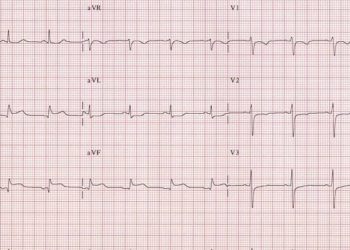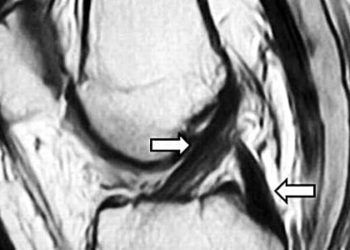Hydroxyethyl starch (HES) fluid resuscitation offers no mortality benefit
Image: PD
Key study points:
1. No evidence that ICU fluid resuscitation with 6% HES provides any clinical benefit to the patient when compared with normal saline.
2. Use of HES resulted in an increased rate of renal replacement therapy and adverse events, particularly pruritis and rash.
Primer: Fluid resuscitation on the floor and in the ICU is a vital part of postoperative surgical patient management. Inadequate tissue perfusion is a common problem in critically ill patients and can result in lactic acidosis and poor postoperative wound healing. Fluid resuscitation is critical for maintaining adequate end-organ tissue perfusion and oxygenation, but the optimal fluid choice has long been up for debate.
Crystalloids that are most commonly used in a surgical setting include Lactate Ringer’s, normal saline (0.9%, 0.5% and 3% NaCl) and, less commonly, Plasmalyte. These fluids differ from each other by their electrolyte composition. Crystalloids are cheap, but have the disadvantage of quickly equilibrating with the extravascular space. This means that only about 1/3 or less of the resuscitation fluid remains within the blood vessels – not an efficient way to reverse hypotension. In contrast, colloids are fluids that contain protein like human albumin or osmotically active starch molecules, like hydroxyethyl starch (HES), that do not diffuse out into the interstitial and intracellular spaces. Theoretically, colloids keep fluid volume within the intravascular space, effectively combating hypotension and preventing third-spacing of fluid common for critical patients. However, there are no definitive studies that support a real-world advantage of colloids over crystalloids.
Background reading:
1. Cochrane review: Colloids versus crystalloids for fluid resuscitation in critically ill patients.
2. Medscape: An Update on Intravenous Fluids.
This [prospective randomized controlled] study: Authors enrolled 7000 patients in 32 ICUs randomized to receive either 6% HES or normal saline. The primary outcome measure was all-cause mortality 90 days after randomization, while secondary outcomes included 90-day incidence of acute kidney injury as well as use of renal-replacement therapy, among other end-points. The study was modeled on the Saline vs. Albumin Fluid Evaluation (SAFE) trial. Out of the patients randomized to the HES group, 18% died, compared to 17% of the patients given NS without any statistically significant difference. However, while 7% of HES patients were given renal replacement therapy, only 5.8% received it in the saline group (p = 0.04). Additionally, 5.3% of HES patients underwent adverse events compared to only 2.8% of NS patients with a p<0.0001. Renal injury was also more common in the NS group (p=0.005).
In sum: Patients resuscitated with 6% HES fluid did not receive a mortality benefit compared to the cheaper normal saline. However, HES was associated with greater need for renal replacement therapy and significantly more adverse events. Of note, the rate of death encountered in this study was lower than expected. This can be attributed to the fact that the study excluded patients with intracranial hemorrhage that were unlikely to survive, included patients undergoing elective surgery, and restricted study period to when patients were admitted to the ICU. This study, along with other recently published research, provides further evidence that use of HES lacks clinical benefit for resuscitating ICU patients.
Click to read the study in journal NEJM
By [AO] and [AH]
© 2012 2minutemedicine.com. All rights reserved. No works may be reproduced without written consent from 2minutemedicine.com. Disclaimer: We present factual information directly from peer reviewed medical journals. No post should be construed as medical advice and is not intended as such by the authors or by 2minutemedicine.com. PLEASE SEE A HEALTHCARE PROVIDER IN YOUR AREA IF YOU SEEK MEDICAL ADVICE OF ANY SORT.






